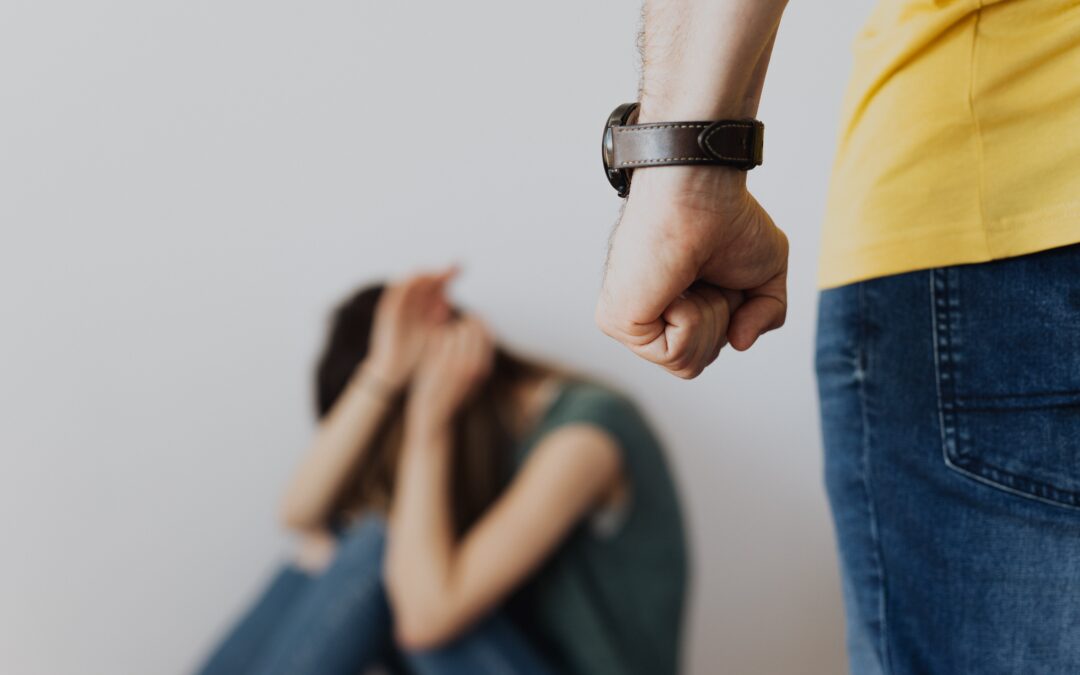Domestic violence is a complicated problem that involves control and power issues in close relationships. Recognizing that domestic violence can take many forms, including physical, emotional, sexual, and financial abuse, is crucial when discussing this subject. Here, I’ll talk about the dynamics of power and control frequently seen in domestic abuse situations.
An unbalanced power allocation within a partnership is a common cause of domestic violence. Usually, the abuser aims to gain and keep control over the victim. Several variables, including gender, age, economic status, and cultural standards, may cause this disparity in authority.
Coercion and Intimidation: Abusers employ coercion and intimidation tactics to instill fear in their victims. This can involve threats of physical harm or violence, damaging property, or using intimidating body language and gestures to assert control.
Emotional Manipulation: Emotional manipulation is a crucial aspect of domestic violence. Abusers may use tactics such as gaslighting (manipulating the victim’s perception of reality), constant criticism, humiliation, and isolating the victim from friends and family to undermine their self-esteem and assert
Minimizing, Denying, and Placing Blame: Abusers frequently downplay or deny their behavior while blaming the victim or outside factors. They can reduce the seriousness of their abusive behavior, which would cause the victim to doubt their observations and feel accountable for the abuse.
Cycle of abuse: There is frequently a recurring pattern of domestic abuse. Increased tensions and emotional instability characterize the tension-building stage, which leads to the explosion stage when the abuse occurs. Following this is the honeymoon period, during which the abuser may express regret, apologize, and make change-related promises. This can be used to coerce the victim into continuing the relationship.
It is crucial to understand that the dynamics of power and control in domestic violence cases are complicated and can change depending on the relationships involved. Each case may have specific characteristics and symptoms. It is essential to offer victims assistance and support so they can leave abusive relationships and get the help they require to secure their safety and well-being.

